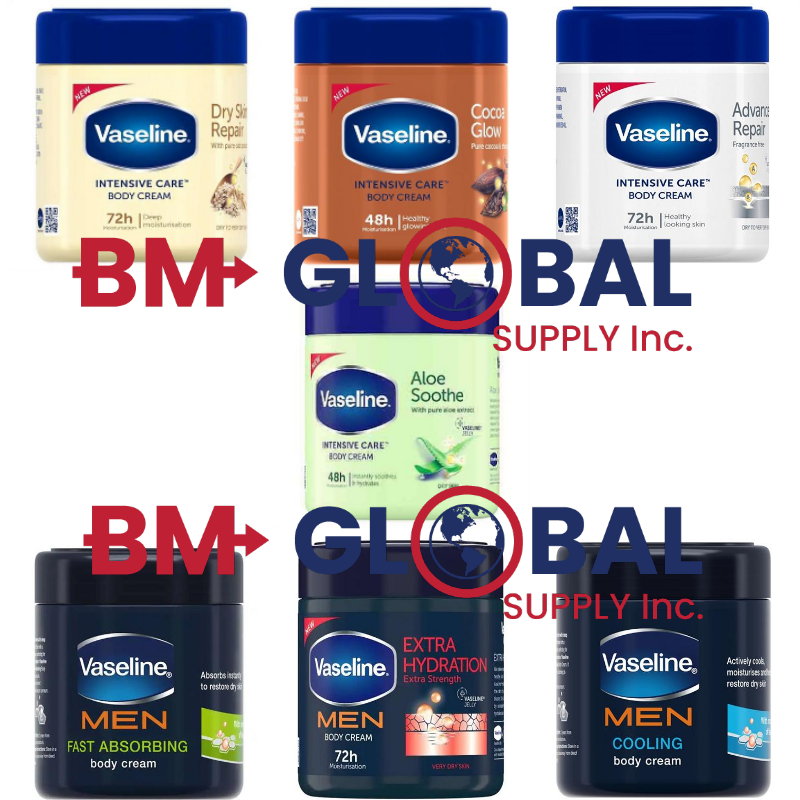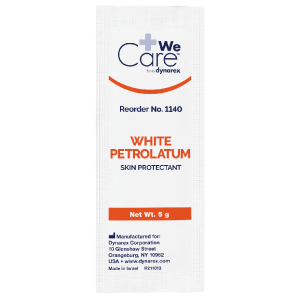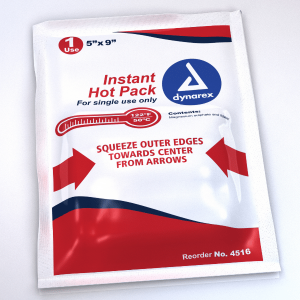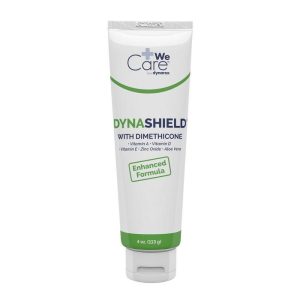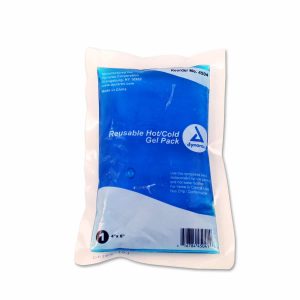Vaseline Moisture, Hydrate and Heal Dry Skin 400ml
$7.99
MOISTURE TO HEAL DRY SKIN
When your skin isn’t feeling its best, neither are you. That’s why Vaseline® products were specially designed to nurture and heal dry skin, leaving the dryness behind.
HYDRATE INTENSIVELY
When your skin is very dry or uncomfortable, you need moisture quickly! Our powerful formulations will lock in moisture for smooth, visibly healthy and beautiful skin.
KEEP IT GLOWING
Does your skin need an extra radiance boost? Keep dullness at bay with Vaseline® and give your skin that healthy, natural glow.
CONTROL AND MANAGE
Eczema can leave your skin vulnerable to irritation. Vaseline® products are dermatologically tested and a viable option to prevent and take care of eczema symptoms, giving back the comfort your skin deserves.
SOOTHE AND HYDRATE
Soothing, relaxed, and refreshed skin starts with Vaseline®. Discover our range of refreshing moisturizers for relaxed and hydrated skin.
Share our products with family and friends !!
TweetDescription
To save on skin care, dermatologists recommend using petroleum jelly to:
- Relieve dry skin, including your lips and eyelids. Dry skin can flake, itch, crack, and even bleed. Since ointments are more effective and less irritating than lotions, consider applying petroleum jelly to dry skin, including your lips and eyelids. The skin on your eyelids is the thinnest skin on the body and can get irritated easily. If your eyelids get dry and flaky, apply a small amount of petroleum jelly for moisture and protection. For the best results, always apply petroleum jelly when your skin is damp.
- Help injured skin heal. For minor wounds such as cuts, scrapes, and scratches, use petroleum jelly to keep the wound moist. This helps prevent the wound from drying out and forming a scab, as scabs take longer to heal. This will also help prevent a scar from getting too large, deep, or itchy. As long as the wound is cleaned daily, it is not necessary to use anti-bacterial ointments.
- Prevent chafing. Chafing is a painful skin irritation that occurs when body parts rub together or rub against clothing. To prevent chafing that can lead to blisters, apply petroleum jelly to problem areas, such as the feet or thighs.
- Treat diaper rash. The best way to prevent diaper rash is to keep your baby’s skin as dry and clean as possible. However, if your baby does get a rash, apply petroleum jelly during each diaper change. With the right care, your baby’s rash should clear in about three to four days. If the rash doesn’t go away, see a board-certified dermatologist.
- Rehydrate nails. If you frequently get manicures and pedicures, apply petroleum jelly to your nails and cuticles in between polishes. This will minimize brittleness and help prevent your nails from chipping. For the best results, apply it when your nails are damp.
Additional information
| Weight | N/A |
|---|---|
| Dimensions | N/A |
| Vaseline Type | Advance Repair, Aloe Soothe, Cocoa Glow, Cooling, Dry Skin Repair, Extra Hydration, Fast Absorbing |
